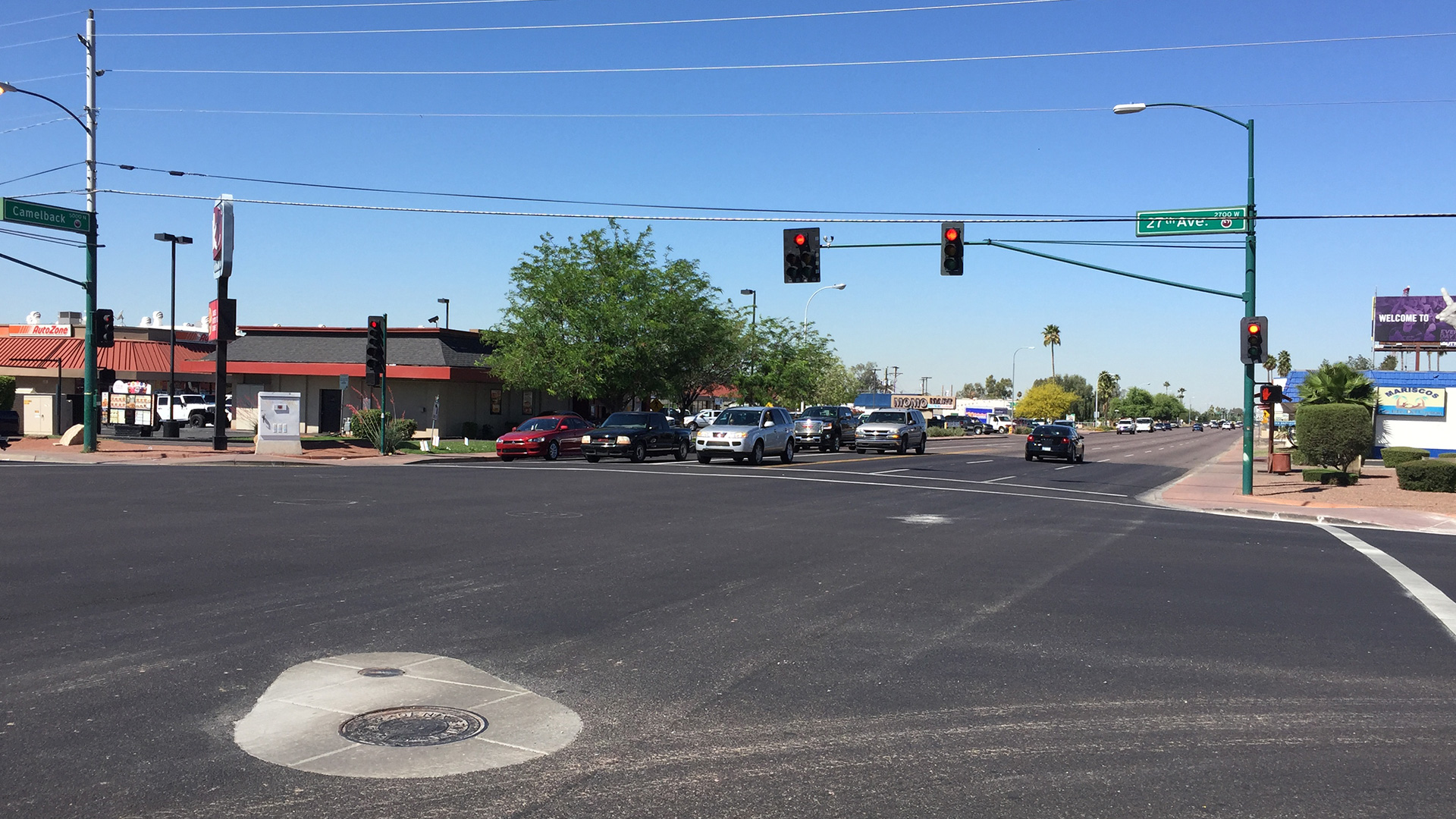Challenge
Historically, identifying the optimal timing and strategy for construction and maintenance projects on freeways is complex. To pinpoint times and locations for work zones that don’t result in costly congestion and frustrated drivers, transportation engineers have turned to cumbersome spreadsheets or microsimulation models that can take weeks to populate and customize.
Solution
Kittelson worked with PennDOT to develop FREEVAL-PA, a software tool that simplifies freeway analyses to help PennDOT staff and consultants quickly obtain actionable information about what traffic impacts they’ll see from different types of construction and maintenance projects. The software tool is programmed with the roadway characteristics of every freeway segment in Pennsylvania, along with traffic volume and speed data, weather data, terrain data, and a computational engine powered by the Highway Capacity Manual, the transportation industry’s guidebook for understanding capacity impacts of decisions.
The Outcome
Taking the Guesswork Out of Scheduling Work Zones
PennDOT staff and consultants can use FREEVAL-PA to conduct high-level screenings of freeway segments in just a few seconds. Given a few simple inputs, the tool can provide a general idea of what impacts can be expected from various lane closures and work zone scenarios depending on the location, season, time of day, and other factors. It takes just a few hours to perform a more detailed analysis that provides the full set of Highway Capacity Manual performance measures, including delays, travel times, queuing, and user cost outputs. These detailed results allow for a comprehensive analysis of freeway operations for construction, maintenance and planning/design projects, helping PennDOT pinpoint optimal times for lane closures and obtain efficient and reliable information about impacts.



